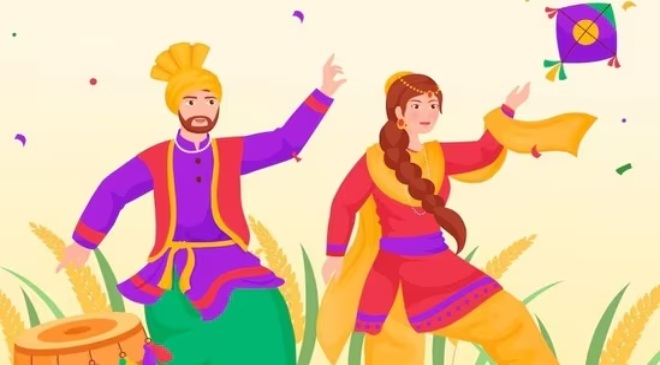Baisakhi is usually observed on April 13 or April 14, heralding start of harvest season in Punjab. It falls on first day of Hindu solar year.
Baisakhi or Vaisakhi, a popular spring festival that marks the first day of the month of Vaisakh, is celebrated with much enthusiasm among Hindu, Sikh and Buddhist communities. It is the beginning of the Punjabi and Sikh New Year which is celebrated across India especially in Punjab and northern India. The day marks the beginning of the harvest season and is the occasion to share the joy among community members. On Baisakhi, people from Sikh community visit local Gurudwaras and participate in langar, preparation of food and distributing them. For many members, Baisakhi is the day to worship the ‘Waheguru’ (the divine being) and meditate.
Baisakhi usually falls on April 13 or April 14. This year it will be celebrated on April 13. The day acquired historic and spiritual significance since 1699 when on this day, the tenth Guru of Sikhs, Guru Gobind Singh established the Khalsa Panth – the collective name given to Sikhs who’ve been baptised.
Read More: Eid ul-Fitr 2024: Heartfelt Wishes, Greetings, WhatsApp Messages To Share With Friends And Family
History of Baisakhi
The legend has it that on this day Guru Gobind Singh called for Sikh men who could give away their life for their faith and invited them inside a tent. Five men who chose to follow him vanished into the tent and after some time Guru Gobind Singh came out alone with blood on his sword. Soon, the men re-emerged wearing turbans and became the first members of the Khalsa – the Panj Pyare or beloved five. They were baptised by the Guru being sprinkled with Amrit (holy water).
Baisakhi is also associated with Buddhism as it’s believed that Gautama Buddha attained enlightenment or Nirvana on this day.
Baisakhi is also known as Mesh Sankranti and marks the beginning of the solar calendar as on this day, the Sun enters the Mesh Rashi, the first one among the twelve zodiac signs. The other spring festivals that fall on or around Baisakhi are Pana Sankranti in Odisha, Poila Baisakh in West Bengal, Rongali Bihu in Assam, Puthandu in Tamil Nadu, Vaishakhi in Bihar, and Poooram Vishu in Kerala. They all celebrate beginning of harvest season with slightly varied traditions.
Read More: Summer Skincare: The Ultimate Guide To Wash Your Face The Right Way This Season
Significance of Baisakhi
Baisakhi is the time to celebrate the beginning of a new harvest season, a special time for farmers, who pray to lord for bountiful harvest and express gratitude for their livelihood. It is the time for family reunions and get togethers apart from relishing lavish meals made with fresh harvest. People visit Gurudwaras in the morning, clean their houses, decorate them, deck up in traditional attires and pray for a prosperous year.
Baisakhi celebrations
The celebrations begin early in the morning with a gurudwara visit followed up by preparation of some lip-smacking food and dancing to the tunes of dhol. Kirtans and special prayers are held on this day and langars are conducted. Folk dances, music performances, and colourful exhibitions are organised to celebrate the cultural richness of the Punjab region. One of the highlights of the festival is kada prasad which is prepared with whole wheat flour, clarified butter and sugar. Sweet saffron rice is prepared and enjoyed with family on the occasion.





































